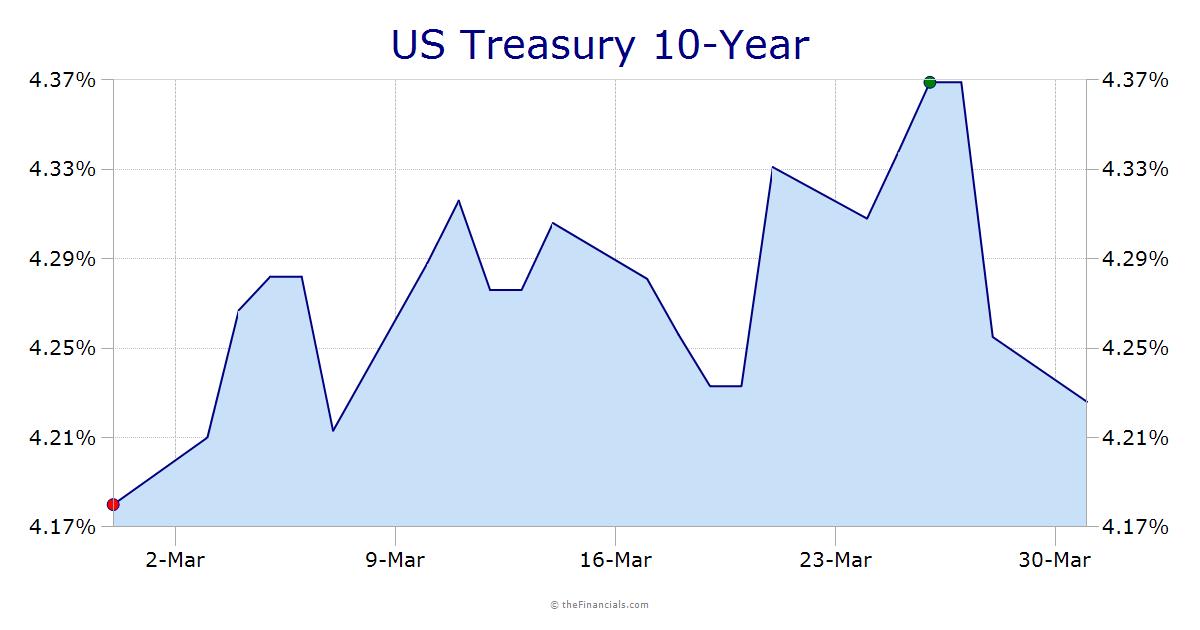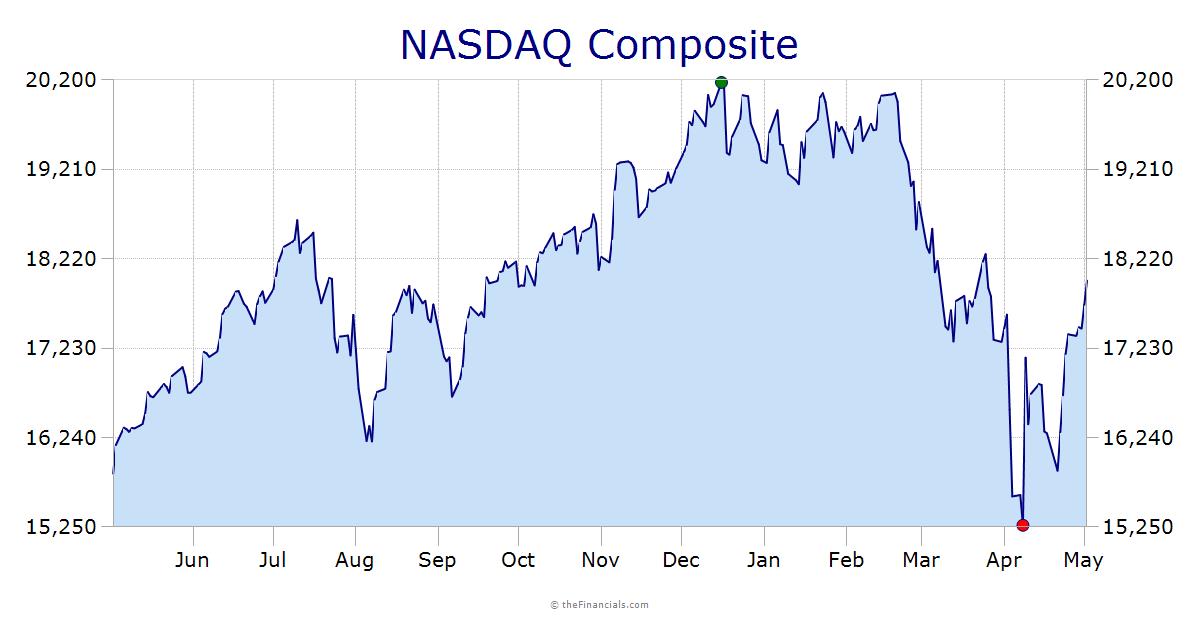Figure 2.1 shows this combination as point E and as possibility E in the table.
We achieve production efficiency if we produce goods and services at the lowest possible cost. This outcome occurs at all the points on the PPF. At points inside the PPF, production is inefficient because we are giving up more than necessary of one good to produce agiven quantity of the other good.
For example, at point Z , we produce 3 million pizzas and 5 million cans of cola. But we have enough resources to produce 3 million pizzas and 9 million cans of cola. Our pizzas cost more cola than necessary.
We can get them for a lower cost. Only when we produce on the PPF do we incur the lowest possible cost of production. Production is inefficient inside the PPF because resources are either unused or misallocated or both.
Resources are unused when they are idle but could be working. For example, we might leave some of the
factories idle or some workers unemployed. Resources are misallocated when they are assigned to tasks for which they are not the best match. For example, we might assign skilled pizza chefs to work in a cola factory and skilled cola producers to work in a pizza shop. We could get more pizzas and more cola from these same workers if we reassigned them to the tasks that more closely match their skills.
Every choice along the PPF involves a tradeoff. we trade off cola for pizzas. Tradeoffs arise in every imaginable real-world situation in which a choice must be made. At any given point in time, we have a fixed amount of labor, land, capital, and entrepreneurship. By using our available technologies, we can employ these resources to produce goods and services, but we are limited in what we can produce. This limit defines a boundary between what we can attain and what we cannot attain. This boundary is the real-world’s production possibilities frontier, and it defines the tradeoffs that we must make. On our real-world PPF, we can produce more of any one good or service only if we produce less of some other goods or services.All tradeoffs involve a cost—an opportunity cost.
The opportunity cost of an action is the highest-valued alternative forgone. The PPF makes this idea precise and enables us to calculate opportunity cost. Along the PPF, there are only two goods, so there is only one alternative forgone: some quantity of the other good. Given our current resources and technology,
we can produce more pizzas only if we produce less cola. The opportunity cost of producing an additional
pizza is the cola we must forgo. Similarly, the opportunity cost of producing an additional can of cola is the quantity of pizza we must forgo. In Fig. 2.1, if we move from point C to point D, we get 1 million more pizzas but 3 million fewer cans of cola. The additional 1 million pizzas cost 3 million cans of cola. One pizza costs 3 cans of cola. We can also work out the opportunity cost of moving in the opposite direction. In Fig. 2.1, if we move from point D to point C, the quantity of cola produced increases by 3 million cans and the quantity of pizzas produced decreases by 1 million. So if we choose point C over point D, the additional 3 million cans of cola cost 1 million pizzas. One can of cola costs 1/3 of a pizza.
















0 comments:
Post a Comment